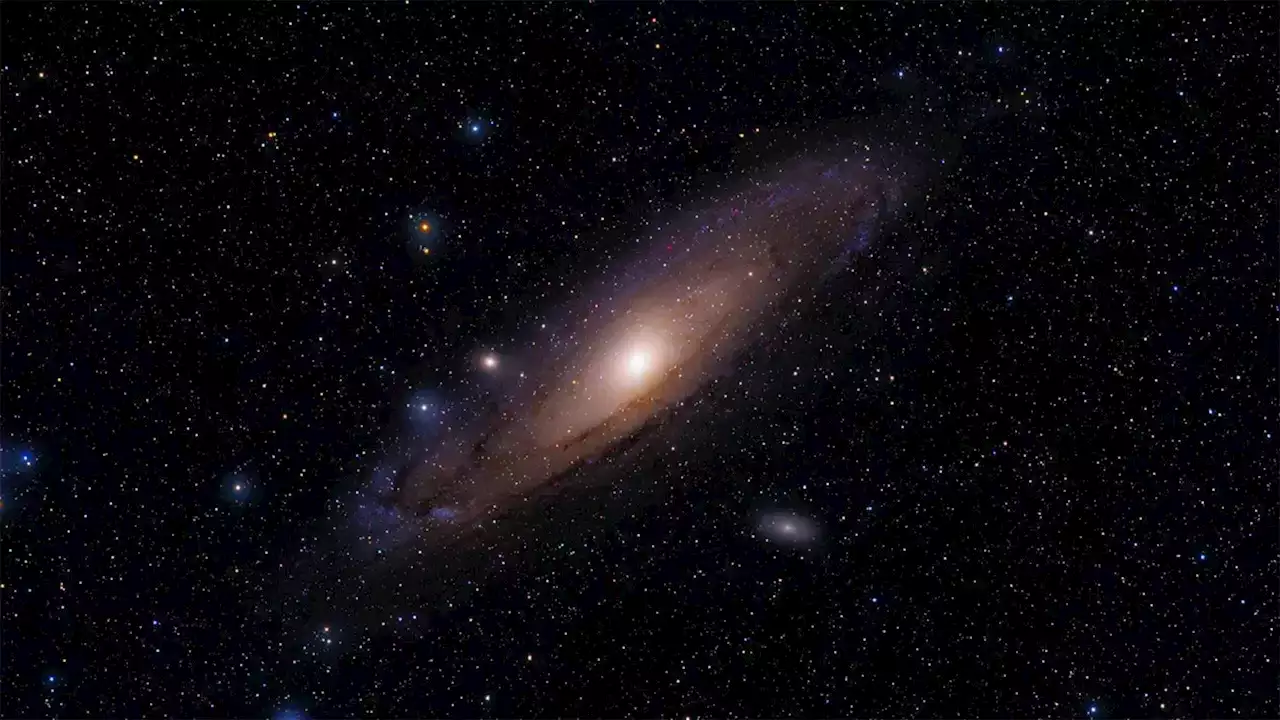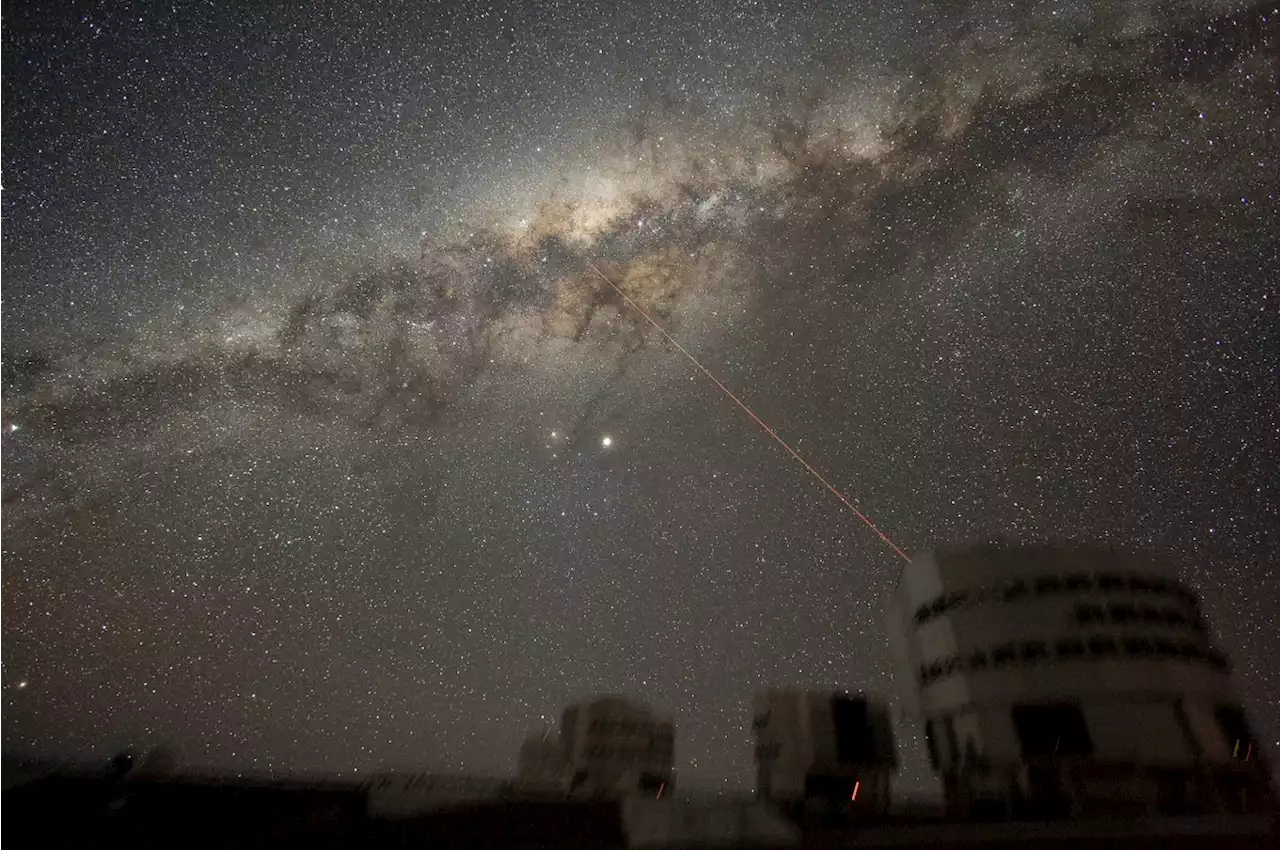Using machine learning, scientists discovered the 'first statistically robust evidence for neutrino emissions from the inner parts of the Milky Way.' Find out more at 🚀 engineering interestingengineering
To date, all observations of high-energy neutrinos have shown that they originate outside our galaxy. However, scientists believe that gamma rays and neutrinos are produced via the same astrophysical processes.
This allowed them to find the "first statistically robust evidence for neutrinos emission from the inner parts of the Milky Way," the press statement explained.
United States Latest News, United States Headlines
Similar News:You can also read news stories similar to this one that we have collected from other news sources.
Scientists find high-energy neutrinos spewing from our Milky Way galaxy in landmark discovery (video)'This observation of high-energy neutrinos opens up an entirely new window to study the properties of our host galaxy.'
Read more »
 Astronomers Find High-Energy ‘Ghost Particles’ in Milky Way“This is a big step for neutrino astronomy.'
Astronomers Find High-Energy ‘Ghost Particles’ in Milky Way“This is a big step for neutrino astronomy.'
Read more »
I was fired by a client for using AI, but I won't stop using itI was fired by a client for using AI. I'm not going to stop because it's doubled my output, but I'm more clear about how I use it.
Read more »
 IceCube detector finds neutrinos from the Milky Way for the first timeAfter a decade of searching, the IceCube neutrino detector in Antarctica has finally found neutrinos from within our own galaxy – but we don’t know the source of the cosmic rays that are creating them
IceCube detector finds neutrinos from the Milky Way for the first timeAfter a decade of searching, the IceCube neutrino detector in Antarctica has finally found neutrinos from within our own galaxy – but we don’t know the source of the cosmic rays that are creating them
Read more »
 Scientists recreate what the Milky Way might look like to alien astronomersWhat would an alien astronomer in a distant galaxy see if they looked up at the Milky Way in the night sky with a telescope?
Scientists recreate what the Milky Way might look like to alien astronomersWhat would an alien astronomer in a distant galaxy see if they looked up at the Milky Way in the night sky with a telescope?
Read more »
 What Would the Milky Way Look Like From Afar?Even though we're embedded inside the Milky Way, we don't know precisely what our galaxy looks like. Astronomers have had to build up a map of our galaxy slowly and carefully by measuring the distance to various structures and mapping them into three dimensions. What would it look like if you could travel millions of light-years away and observe the galaxy from afar? How would its overall chemical composition compare to other galaxies in the Universe?
What Would the Milky Way Look Like From Afar?Even though we're embedded inside the Milky Way, we don't know precisely what our galaxy looks like. Astronomers have had to build up a map of our galaxy slowly and carefully by measuring the distance to various structures and mapping them into three dimensions. What would it look like if you could travel millions of light-years away and observe the galaxy from afar? How would its overall chemical composition compare to other galaxies in the Universe?
Read more »
